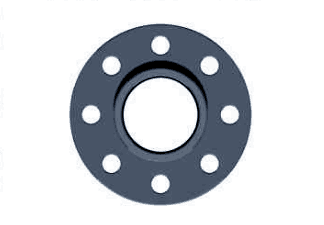As a key connecting component in the pipeline system, flanges play an important role in sealing, supporting, and connecting. This article will delve into the definition, working principle, types, and uses of flanges, as well as application case analysis in different industries. We will also discuss the different types of connection surfaces, flange standards and markings, size selection, and processing techniques in flange connections, aiming to bring you comprehensive flange knowledge and application guidance.
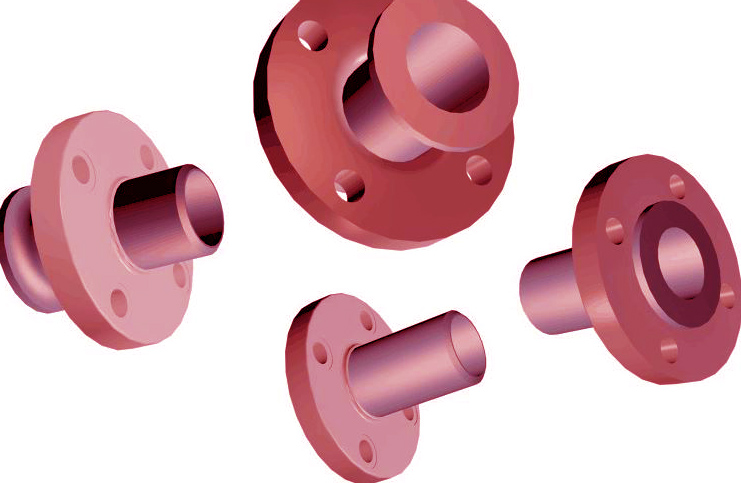
Definition and Characteristics of Flange
What is the flange?
Flanges serve as a common method of connecting pipes, valves, pumps, and other equipment. They typically have a circular shape and are fastened to equipment using bolts and nuts. Usually crafted from metal, flanges feature flat surfaces to ensure effective sealing. They find applications in diverse fields such as industrial equipment, automotive, and aviation. In engineering and manufacturing realms, flanges are prevalent as a standard method of connection.
What are their characteristics?
- Connection Function:
Flanges play a pivotal role in connecting pipes, valves, pumps, and various equipment, ensuring a secure interconnection. - High Pressure and High-Temperature Resistance:
Primarily composed of metal, flanges exhibit exceptional resistance to pressure and temperature, making them suitable for a wide range of industrial applications. - Sealing Ability:
Equipped with flat surfaces and compatible gaskets or fillers, flanges provide effective sealing at connection points, preventing leakage. - Ease of Installation and Maintenance:
Flange connections are relatively easy to dismantle and install, simplifying equipment maintenance and replacement procedures. - Standardization:
Flange connections adhere to specific standards like ANSI, ASME, and DIN, promoting equipment interchangeability and compatibility.
How the flange works?
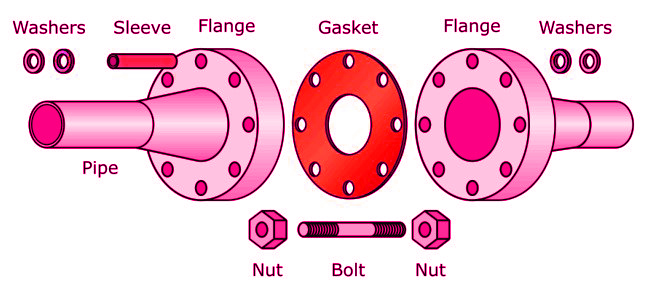
The flange connection achieves a tight connection by pressing the flange faces of two devices together and securing them using bolts and nuts. During the connection process, it is common to use gaskets or fillers to ensure the sealing at the flange connection points, preventing leakage. This method of connection is widely employed in various industrial applications to ensure reliable connections between pipes, valves, pumps, and other equipment.
Types of flanges
Here are some common flange types:
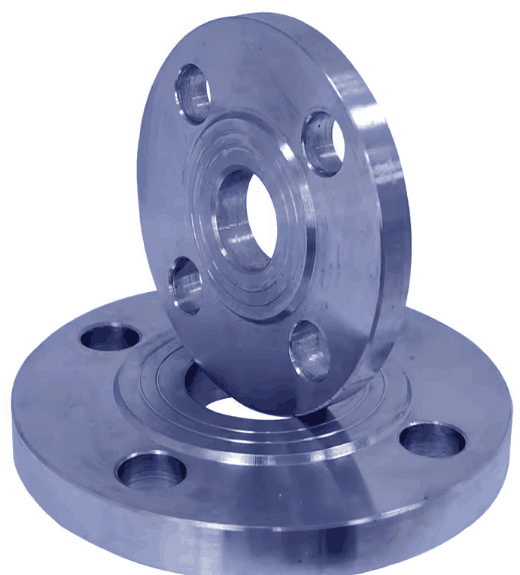
Plate flat welding flange
This flange has a simple structure and low cost, and is suitable for general low-pressure systems. However, it has poor rigidity and is not suitable for systems with corrosive, flammable, explosive, and high vacuum requirements.
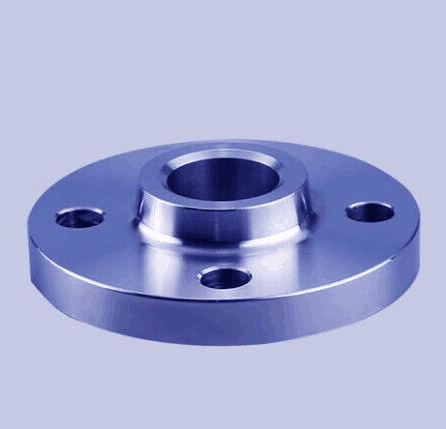
Neck flat welding flange
Similar to plate flat welding flange, but with a small neck to help increase the flange’s stiffness and load-bearing capacity. Its installation is relatively easy, but the welding workload is relatively large.
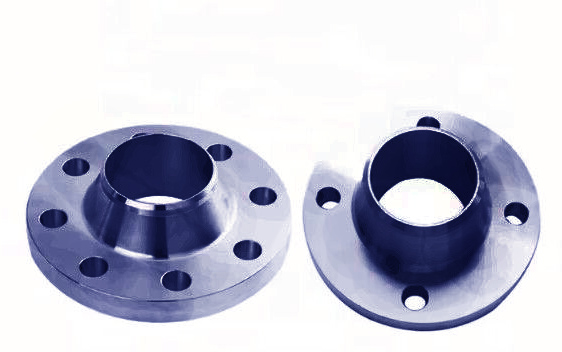
Butt welding flange
It has high strength and stiffness and can withstand high temperatures and pressure, as well as repeated bending and temperature fluctuations. Butt weld flanges are commonly used in demanding industrial applications.
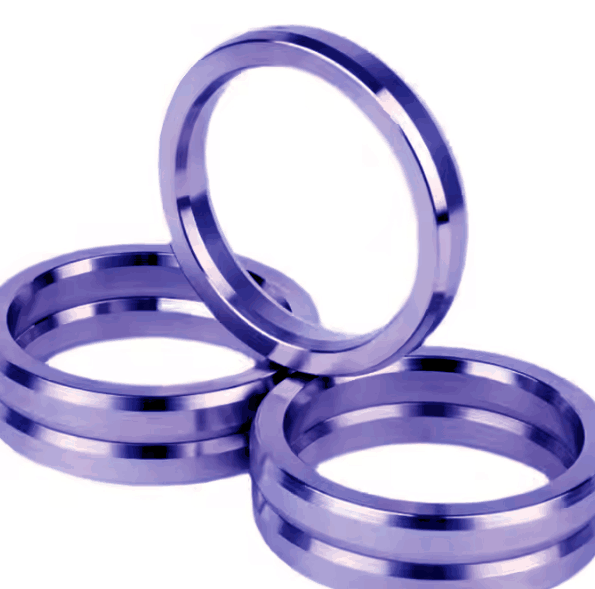
Ring connecting flange
This type of flange connects pipes through a ring-shaped connecting part, and is suitable for occasions that require quick disassembly and assembly.
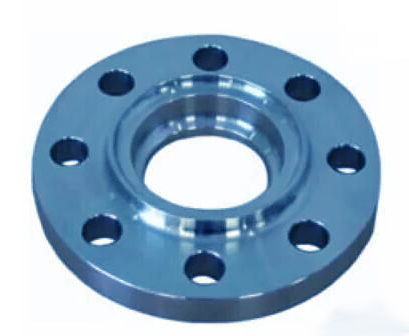
Socket flange
There is a socket hole in the inner hole of the socket flange, and the pipe is inserted into the socket hole and welded. It is suitable for pipes with a small nominal diameter, but corrosion may occur due to the presence of voids.

Blind flange
It is a flange without a hole used to temporarily close a section of a duct system for repair or isolation.
The difference between toilet flange and pipe flange
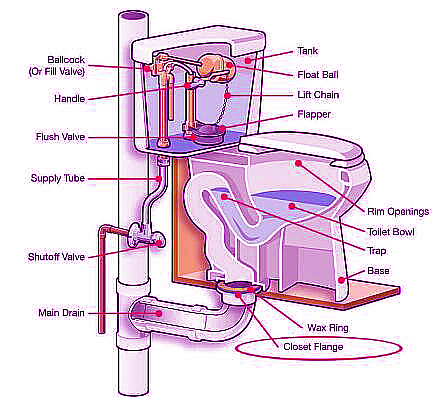
Although toilet flanges and pipe flanges both belong to the category of flanges, their designs, uses and working principles are different.
Toilet flanges
Toilet flanges, also known as the toilet seal or gasket, are primarily utilized to connect the toilet to the sewer. Typically designed in a round shape with bolt holes for easy installation and securing. The primary function of the toilet flange is to seal the connection between the toilet and the sewer. This prevents sewage leakage and the rising of odors. Furthermore, the toilet flange aids in positioning the toilet correctly and simplifies future repair tasks.
Pipe flanges
Pipe flanges connect different parts of the pipeline system like pipes, valves, pumps, and equipment. They come in varied designs, with materials chosen based on pressure and temperature needs. The intricate structures of pipe flanges, which include bolt holes, flange rings, and gaskets, ensure effective sealing in high-pressure, high-temperature environments.
Main difference
The main difference between toilet flanges and pipe flanges lies in their design and application scenarios. Toilet flanges are usually a simple round design, while pipe flanges may come in a variety of shapes and sizes to accommodate different pipe diameters and operating conditions. In addition, toilet flanges focus more on sealing and ease of repair, while pipe flanges need to consider withstanding higher pressures and temperatures, as well as possible corrosion issues.
The purpose of flanges
Flanges have a very wide range of uses, such as:
Chemical industry:
Connecting reactors, heat exchangers, storage tanks, and other equipment to facilitate maintenance and component replacement.
Oil and Gas Industry:
Joining pipes, valves, and instrumentation.
Power industry:
Linking pipes in boilers, turbines, and cooling systems.
Food and Beverage Industry:
Ensuring hygiene and safety in piping systems, facilitating cleaning and disinfection.
Pharmaceutical industry:
Connecting reaction filters and other key equipment during the production process.
Different types of connection surfaces in flange connections
The flange surface refers to the surface part of the flange connection that is in direct contact and compacted with each other. They play a key role in ensuring the tightness, stability, and sealing of the connection. Different types of flanges typically have several different faces, each with a specific function:
| Main contact surface (Flange Face) | The main contact surface is the main connection surface of flanges, which is usually a flat surface or a surface with a specific concave and convex structure. This surface is in direct contact with the main contact surface of the other flange, ensuring the tightness of the connection through the compaction of bolts and nuts. |
| Sealing surface | Used in conjunction with a gasket or packing to ensure the sealing of the joint and prevent leakage of liquid or gas. These surfaces are usually smooth and flat, ensuring that the seal can effectively fill the gap and achieve a good sealing effect. |
| Bolt face | Traditionally utilized for the installation of bolts and nuts. It usually has threads or grooves to ensure that the bolt and flange are firmly connected. |
| Welding surface | To weld flanges to the pipe or equipment to achieve a permanent connection. |
| Supporting surface | Utilized to support the weight or bear pressure of flanges connection, ensuring stable connections. |
Standards and markings of flange
| National standards | China’s national standards typically begin with GB. For instance, GB/T 9115.2-2000 sets the standard for carbon steel and alloy steel flanges. |
| Department of Mechanical Engineering Standards | Standards from the Department of Mechanical Engineering usually commence with JB. For example, JB/T 81-94 outlines the specifications for flat welded steel pipe flanges. |
| Ministry of Chemical Industry standards | Standards from the Ministry of Chemical Industry generally start with HG. For instance, HG20592 specifies standards for pipe flanges. |
| American Standards | The ANSI/ASME B16.5 standard is one of the most widely utilized American flange standards. It encompasses flanges with various nominal pressure levels. |
| European standards | Europe’s DIN standard is also a widely recognized flange standard system, such as DIN EN 1092-1. |
| Nominal Diameter (DN) | Represents the diameter of the pipe associated with flanges. |
| Nominal Pressure (PN) | Indicates the maximum pressure tolerance of flanges. |
| Sealing Surface Form Code | Describes the type of sealing surface on flanges, like raised face (RF), flat face (FF), etc. |
| Material Grade | Specifies the material composition of flanges for compatibility and performance. |
| Standard Number | Denotes the specific standard that flanges conform to for uniformity and quality assurance. |
Flange dimensions and ensure correct sizing
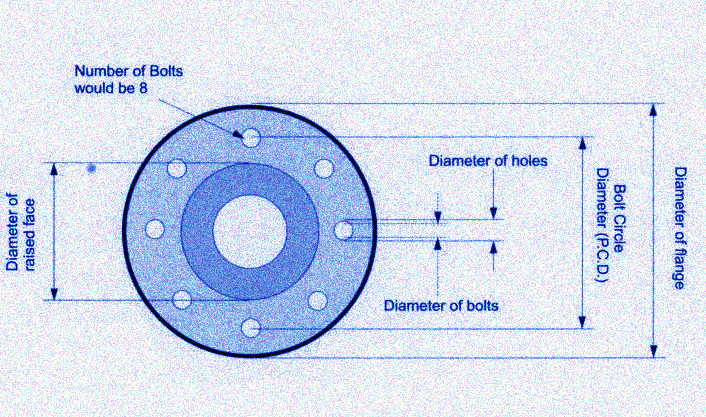
| Adherence to Standards | Ensure the chosen flange conforms to relevant standards like ANSI, ASME, or DIN, to guarantee compatibility and performance. |
| Material Choice | Opt for suitable materials such as stainless steel or alloy steel based on specific environmental demands for corrosion resistance and thermal durability. |
| Pressure Rating | Select the appropriate pressure rating to ensure the flange withstands the system’s pressure requirements effectively. |
| Connection Variant | Verify that the desired connection type aligns with the piping system’s design, be it butt weld, threaded connection, or flange connection. |
How to choose the appropriate processing technology for flanges parts?
When choosing the appropriate processing technology for flange parts, consider the material type and its physical properties, processing accuracy requirements for sealing and stability, processing efficiency and cost to maintain reasonable costs, select suitable processing techniques (such as CNC machining for precision parts), and ensure alignment with quality control requirements. This comprehensive evaluation will help choose the most appropriate processing technology for flange parts.
Analysis of application cases of flanges in different industries
Petrochemical industry
Flanges play a critical role in connecting pipes, valves, pumps, and equipment in the petrochemical industry. Moreover, they are designed to withstand high pressures and corrosive environments. These flanges are commonly crafted from stainless steel and alloy steel for superior performance in the petroleum, petrochemical, and oil and gas sectors.
Aerospace applications
In aerospace applications, flanges face stringent requirements, enduring extreme temperatures and pressures while maintaining tight seals to prevent gas leakage. Customization is often necessary to meet specific design and performance criteria. Some applications utilize high-pressure self-tightening flanges to enhance system reliability and safety.
Ship manufacturing
Flange forgings from companies like Zhonghuan Marine and Land Company are certified by multiple classification societies. As a result, these flanges offer the necessary corrosion resistance and strength for reliable performance in offshore operations.
Automotive industry
Flanges connect and fix pipes, fittings, etc., maintaining sealing performance in the automotive industry. Car enthusiasts use flanges to modify aesthetics and improve stability by expanding the wheelbase, increasing car width, and enhancing visual appeal. Additionally, flange bearings support radial and axial loads in high-speed, heavy-load situations, enhancing the operating efficiency and service life of various car components.
Across industries, flanges ensure connection safety, sealing, and durability, evolving with technology advancements to meet more demanding environments and performance criteria effectively. In the automotive sector, flanges are crucial for connecting pipes and fittings, enhancing sealing performance, and providing stability. Car enthusiasts often use flanges to modify vehicle aesthetics and improve stability, with applications extending to flange bearings for high-speed, heavy-load scenarios like wheels and transmissions to enhance efficiency and service life.
Conclusion
Through this article, we have gained a thorough understanding of the definition, characteristics, working principles, types, and distinctions between toilet flanges and pipe flanges. Additionally, we explored the application cases of flanges across various industries and detailed guidelines on choosing the appropriate processing technology for flange-type parts. A comprehensive comprehension of all aspects of flanges contributes to a better appreciation of their significant role within piping systems, providing practical insights and references for professionals in relevant engineering and manufacturing sectors.
Choosing Runsom Precision for flange processing guarantees the benefit of professional, efficient, and reliable services to ensure the seamless progress of your project. With extensive experience and expertise in the realm of flange processing, Runsom Precision offers comprehensive solutions that include a professional engineering team, efficient production processes, stringent quality control measures, commitment to on-time delivery, a robust global supply chain network, real-time pricing updates, and a diverse range of industry applications. We invite you to consult with us for personalized assistance and to receive an instant quote.

